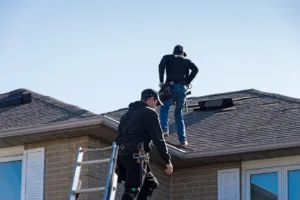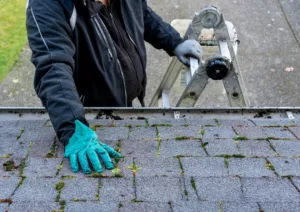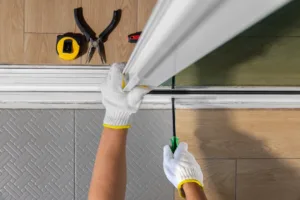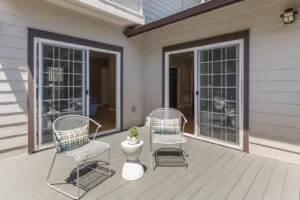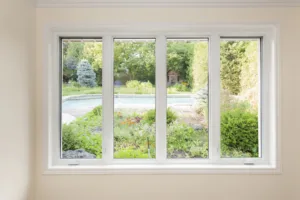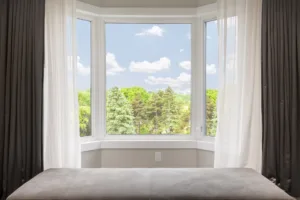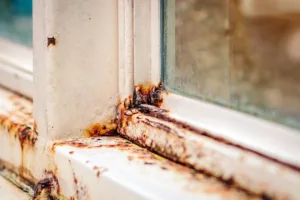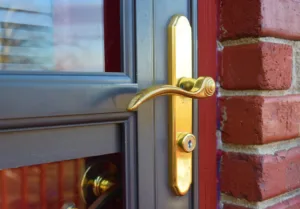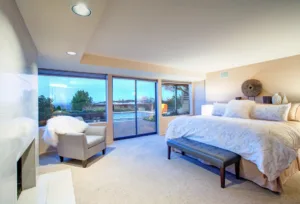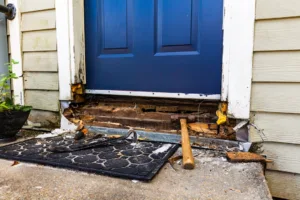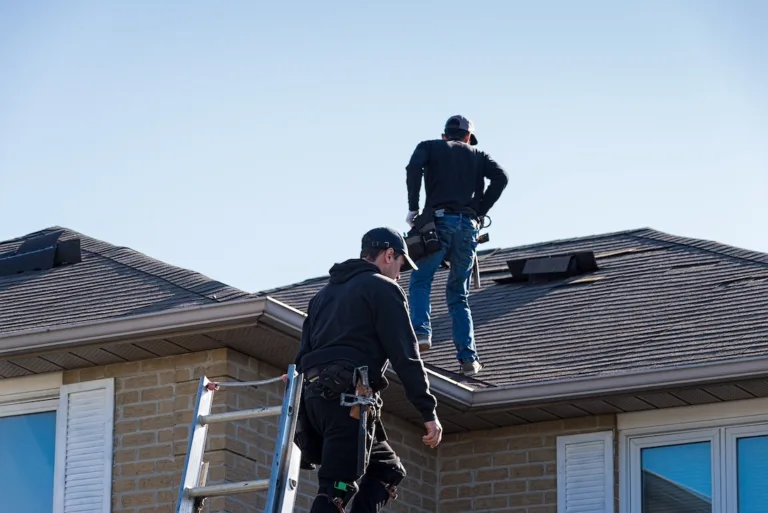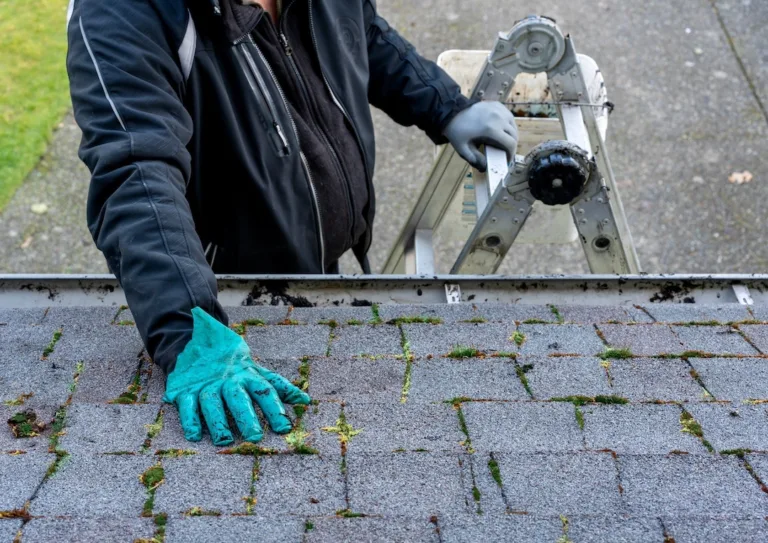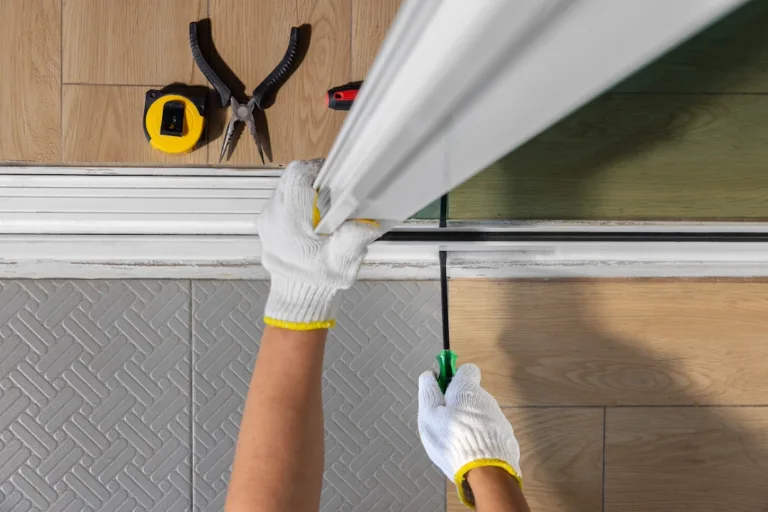Choosing the right type of windows for your home is more than just a matter of aesthetics. It involves understanding the structural implications, cost differences, and installation processes between replacement windows and new construction windows.
What are Replacement Windows?
Replacement windows are designed to fit into the existing window opening in your home. They’re an excellent choice when your window frames are still in good condition. These windows are installed without removing any exterior elements like siding or trim, making the process quicker and less invasive. The existing window opening is measured precisely, and the replacement window is custom-ordered to fit perfectly.
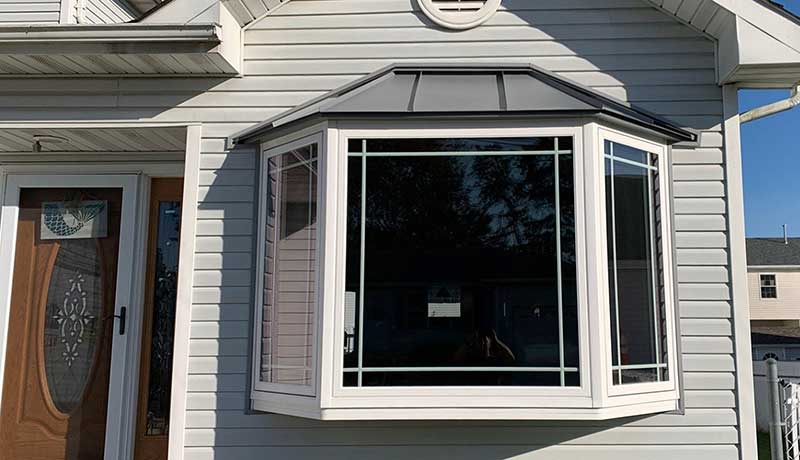
What are New Construction Windows?
New construction windows are primarily used for newly built homes or significant remodels where the studs are exposed. They come with a nail-fin frame that allows the windows to be nailed directly onto the home’s framing. However, they can also be used to replace existing windows if the current frames are in poor condition.
When to Use Each Type
Replacement Windows: These are ideal when your window frames are still in good condition. Installing new-construction windows would require removing the old frames, which involves cutting back the original exterior siding material – a process that could potentially damage the area around the window and increase installation costs.
New Construction Windows: If your existing window frames are in poor shape, new construction windows are the better choice. The process involves a bit more carpentry as the existing frames have to be removed and replaced. However, new-construction windows are often more substantial and won’t reduce your view like replacement windows might.
Cost Differences
While new construction windows cost around 10% to 15% less than replacement options, the installation process is more complex and time-consuming, leading to higher labor costs. Conversely, replacement windows generally cost less to install because they fit into existing window frames. Therefore, if you’re installing windows in an existing home with good frames, replacement windows may be a more cost-effective choice.
Energy Efficiency costs
It’s worth noting that new construction windows can be more energy-efficient than replacement windows. This efficiency is due to their design, which includes a nail-fin frame that creates a tight seal against air and water infiltration.
The Installation Process for New Construction and Replacement Windows: A Closer Look
When it comes to installing new windows in your home, understanding the installation process for both new construction and replacement windows can help you make an informed decision. Each type of window has its own unique installation process that can differ significantly in terms of complexity, time, cost, and potential impact on your home.
New Construction Windows: Installation Process
New construction windows are designed to be installed on a house that is either being built or undergoing significant renovations where the walls are open down to the studs.
- Step 1: Removing the Old Window: This process involves removing the old window entirely, including the frame and any trim.
- Step 2: Inspecting and Repairing the Opening: Once the old window is removed, the opening is thoroughly inspected for any hidden damage like rot, mold, or insect infestation. Any damage found will need to be repaired before the new window can be installed.
- Step 3: Installing the New Window: The new construction window, which includes a nailing fin that attaches to the exterior wall sheathing, is then installed. It’s crucial to ensure that the window is level and square in the opening for proper operation.
- Step 4: Sealing and Finishing: After the window is securely fastened, it’s sealed to prevent air and water infiltration. The exterior trim is then installed, and the interior of the window is finished as desired.
This process is labor-intensive and requires skilled professionals to ensure proper installation. It’s also more intrusive than replacement window installation, potentially causing some disruption to your home’s interior and exterior.
Replacement Windows: Installation Process
Replacement windows, also known as retrofit windows, are designed to fit into existing window openings, making the installation process less invasive and typically quicker.
- Step 1: Measuring the Existing Window Opening: Before ordering the replacement window, precise measurements of the existing window opening are taken to ensure a perfect fit.
- Step 2: Removing the Old Window: The old window sashes, hardware, and part of the frame are removed, leaving behind the original window frame within the wall opening.
- Step 3: Installing the Replacement Window: The replacement window is then inserted into the existing frame and secured. It’s critical to check that the window is level and operates correctly during this step.
- Step 4: Sealing and Finishing: The final step involves sealing the window to prevent any air or water leaks, followed by installing any necessary interior or exterior trim.
The installation process for replacement windows is typically quicker and less expensive than new construction windows, as it doesn’t require any modifications to the existing window opening. However, it’s important to note that replacement windows are only a suitable option if the existing window frame is in good condition.
In conclusion, while the installation processes for new construction and replacement windows differ significantly, both should be carried out by professionals to ensure optimal performance and longevity of your new windows.
Making the Right Choice
The choice between replacement windows and new construction windows ultimately depends on your specific needs, budget, and the condition of your current window frames. It’s advisable to consult with a professional to ensure you’re making the best decision for your home.

